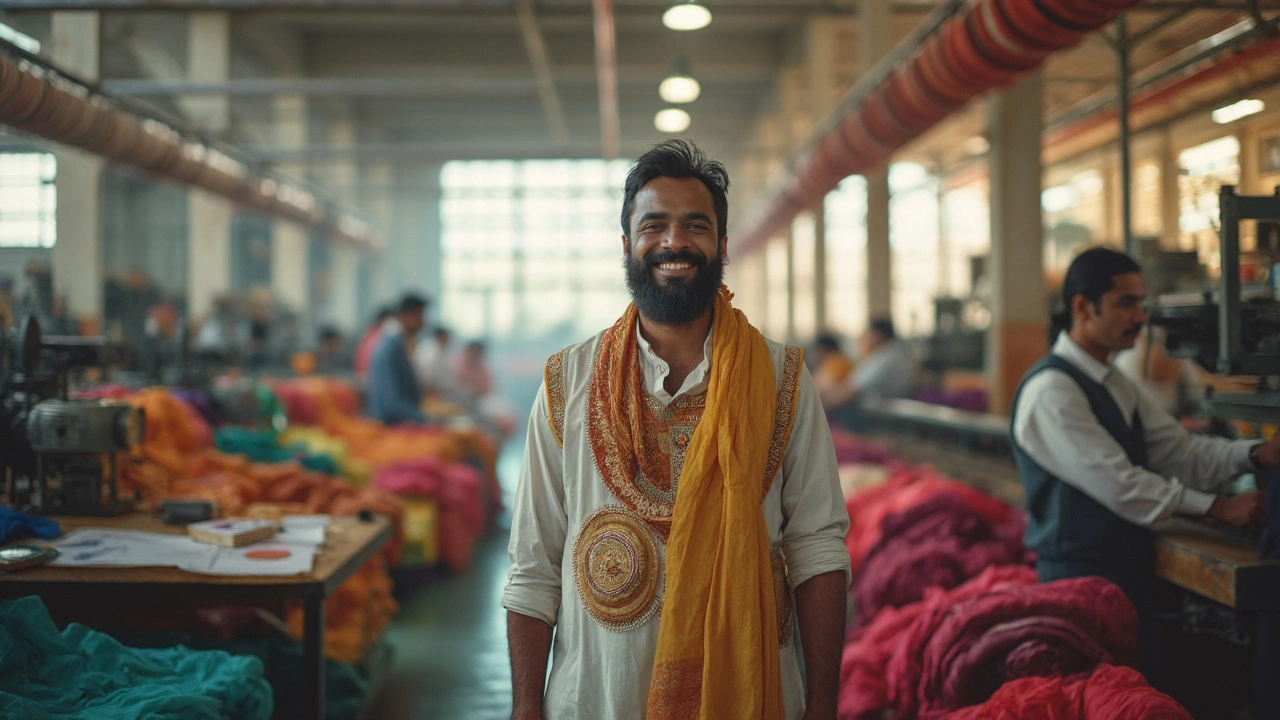Textile Mill Basics: What You Need to Know
If you're thinking about a textile mill, the first question is usually "how much does it cost?" In India, the answer depends on size, location, and the type of fabrics you plan to produce. A small‑scale unit can start with a few crores, while a large integrated mill may need tens of crores. Most investors spend the biggest chunk on land, building, and machinery. Choose a site close to raw material sources – cotton farms in Gujarat or silk clusters in Karnataka – to cut transport costs.
Besides the big ticket items, you’ll need to budget for power, water, and air‑handling systems. That’s where a partner like Blue D Air Control can help. Their air control solutions keep humidity and temperature steady, which is vital for yarn quality and dye consistency. A stable environment also reduces waste and saves energy over time.
Starting a Textile Mill in India
Step one is getting the right approvals. You’ll need a factory licence, pollution clearance, and registration with the Ministry of Textiles. The process can take a few months, so start early and keep all documents handy. Next, pick the right machinery. For cotton weaving, you’ll want reliable shuttle looms or modern air‑jet looms. For synthetic fabrics, look for high‑speed circular knitting machines. Always ask the supplier about after‑sales service – downtime hurts profit.
Financing is another big piece. Banks offer term loans for manufacturing, but they often ask for a solid business plan. Include projected production volume, market demand, and a break‑even analysis. A common mistake is underestimating working capital; you’ll need cash for raw material purchases, wages, and utility bills before the first sale hits.
Hiring the right team matters too. Skilled technicians keep machines running smooth, while experienced supervisors ensure quality checks at every stage. Invest in basic training for operators – a short session on machine settings can cut defects by 15%.
Running an Efficient Textile Mill
Once the mill is up and running, focus on lean practices. Track the seven wastes of manufacturing: overproduction, waiting, transport, extra processing, inventory, motion, and defects. Simple steps like organizing tools, scheduling preventive maintenance, and using real‑time production data can trim waste quickly.
Energy costs are a hidden profit killer. Install variable‑speed drives on motors and use LED lighting. Air‑handling units that recycle heat from dryers also lower bills. Blue D Air Control’s energy‑efficient fans and humidifiers can shave off another 5‑10% of your electricity spend.
Quality control should be built into the line, not added at the end. Use in‑line sensors to check yarn tension and fabric weight. Catching a variation early prevents large batches of rejected cloth. A small increase in QA upfront pays off with happier customers and fewer returns.
Finally, stay connected to the market. Keep an eye on fashion trends, export regulations, and pricing shifts. Export‑oriented mills benefit from certifications like ISO 9001 and compliance with the EU REACH rules. Domestic players should watch government incentives for sustainable production, such as subsidies for water recycling.
Running a textile mill is a mix of solid planning, smart tech, and everyday attention to detail. With the right location, proper financing, and reliable air‑control equipment, you can turn a modest investment into a thriving manufacturing hub. Start with a clear cost plan, get the permits sorted, and keep your processes lean – the rest will follow.

Textile Mill Profitable in India: What You Need to Know
Thinking about starting a textile mill in India? Wondering if this business can actually make money? This article breaks down the real earning potential, key costs, and challenges, along with a look at what’s working for successful mill owners right now. You’ll pick up facts and tips that can help you make smarter decisions before diving in. If you’re serious about textiles, you’ll want to read this.
